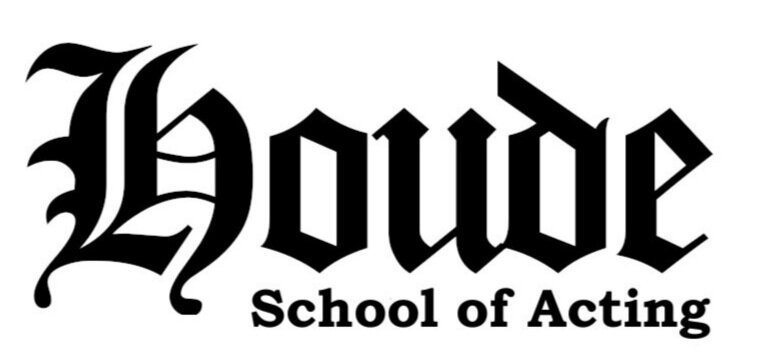THE MEISNER ACTING TECHNIQUE
Sanford Meisner Aug 31, 1905 - Feb 2, 1997
“Acting is living truthfully under imaginary circumstances.”
- Sanford Meisner
Meisner Training is an interdependent series of exercises that build upon one another. The more complex work supports a command of dramatic text. Meisner students work on a series of progressively complex exercises to develop an ability to improvise, to access an emotional life, and finally to bring the spontaneity of improvisation and the richness of personal response to text. The technique develops the behavioral strand of Stanislavski's system', via its articulation in an American idiom as Method acting. The technique asserts that by emphasizing "moment-to-moment" spontaneity through communion with other actors, behavior that is truthful under imaginary circumstances may be generated.
Meisner emphasized doing with early training heavily based on actions. The questions "what are you playing" and "what are you doing" are frequently asked in class to remind actors to commit themselves to an objective rather than a script. Silence, dialogue, and activity all require the actor to find a purpose for performing the action. By combining the two main tasks of focusing one's attention on one's partner and committing to an action, the technique aims to compel an actor into the moment (a common Meisner phrase), while simultaneously propelling him or her forward with concentrated purpose. The more an actor is able to take in the partner and the partner's surroundings while performing in character, the more Meisner believed they are able to leave himself or herself alone and "live truthfully."
The most fundamental exercise in Meisner training is called Repetition. Two actors face each other and "repeat" their observations about one another back and forth. An example of such an exchange might be: "You're smiling." "I'm smiling." "You're smiling!" "Yes, I'm smiling." Actors are asked to observe and respond to others' behavior and the subtext therein. If they can "pick up the impulse" or work spontaneously from how their partner's behavior affects them, their own behavior will arise directly from the stimulus of the other.
Later, as the exercise evolves in complexity to include "given circumstances," "relationships," actions and obstacles, this skill remains critical. From start to finish, from repetition to rehearsing a lead role, the principles of "listen and respond" and "stay in the moment" are fundamental to the work.
As in all Stanislavskian-derived approaches, for a Meisner actor traditional line memorization methods that include vocal inflections or gestures are avoided. It is taught that doing so merely increases the chance the actor will miss a "real moment" in service of a rehearsed habit or line reading. Meisner actors learn lines dry, "by rote," without inflection, so as not to memorize a line reading. When the line is finally to be delivered, its quality and inflection is derived from the given moment.
The improvisatory thrust of the technique should not be misconstrued as permission to wing it or to go unprepared. Meisner training includes extensive work on crafting or preparing a role. As students mature in the work, they get to know themselves and can make use of this self-knowledge by choosing actions compelling to their particular instrument. They "come to life" through informed, provocative choices. Actors prepare emotional responses by "personalizing" and "paraphrasing" material and by using their imagination and "daydreaming" around a play's events in highly specific ways that they've learned are especially evocative to them personally.
When circumstances are advanced, this preparation must be accomplished with specificity and depth, or else the actor's attention simply cannot move away from self and onto the moment. Solid preparation supports the spontaneity, an idea articulated by Martha Graham when she wrote, "I work eight hours a day, every day, so that in the evenings I can improvise."

